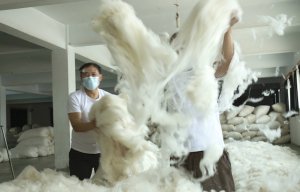
FTC Cashmere adds transparency with Haelixa’s traceability technology
Mongolia’s nomadic traditions and Italy’s craftsmanship sit at opposite ends of a unique supply chain.
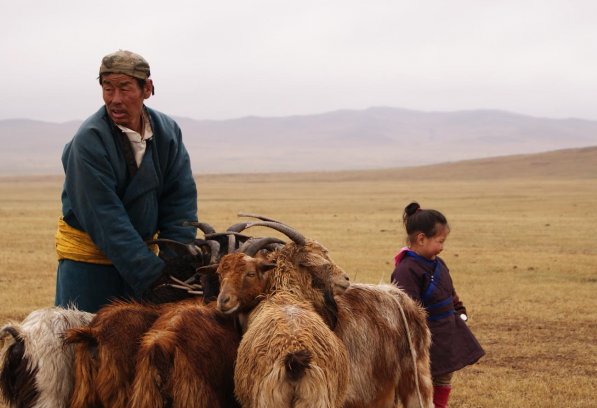
27th October 2025
Adrian Wilson
|
Porto, Portugal
Cashmere remains one of the world’s most desirable natural fibres, prized for its lightness, warmth and distinctive softness.
Every refined knit carrying a hefty price tag and a high end label, however, is at the end-point of a supply chain with a geography of value that is very unevenly distributed and starts across vast, windswept plateaus, where herders endure temperatures of up to minus 40°C.
At the Textile Institute World Conference in Porto, Portugal (October 7-10), Ian Whiteford, chair of the Sustainable Fibre Alliance (SFA), detailed how this complex journey from the steppe to the luxury store shelf is changing.
As the fine underlayer of the goat’s coat, cashmere grows across the animal’s body, with the exception of the face and legs, offering essential insulation through the brutal winters of Central and East Asia. Mongolia and China’s Inner Mongolia region produce around 85% of the global supply, though their production systems differ markedly. According to the Textile Exchange Materials Market Report, total global output in 2023 was around 25,600 tons of greasy fibre. Once scoured and dehaired, however, only about 6,500 tons is pure enough to spin into luxury yarns.
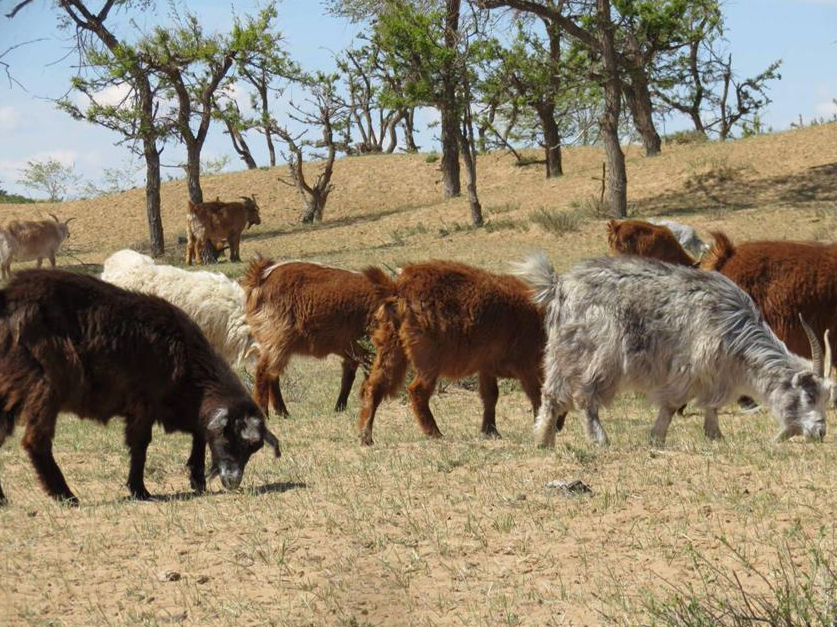
Nomadic herding
Mongolian herders are semi-nomadic, moving with the seasons and grazing their flocks across vast, communally owned rangelands. This mobility makes traceability a challenge, yet progress has been significant. The SFA, headquartered in Mongolia’s capital, Ulaanbaatar, established its Code of Practice in 2017, and certified Mongolian cashmere is now fully traceable through a dedicated software platform.
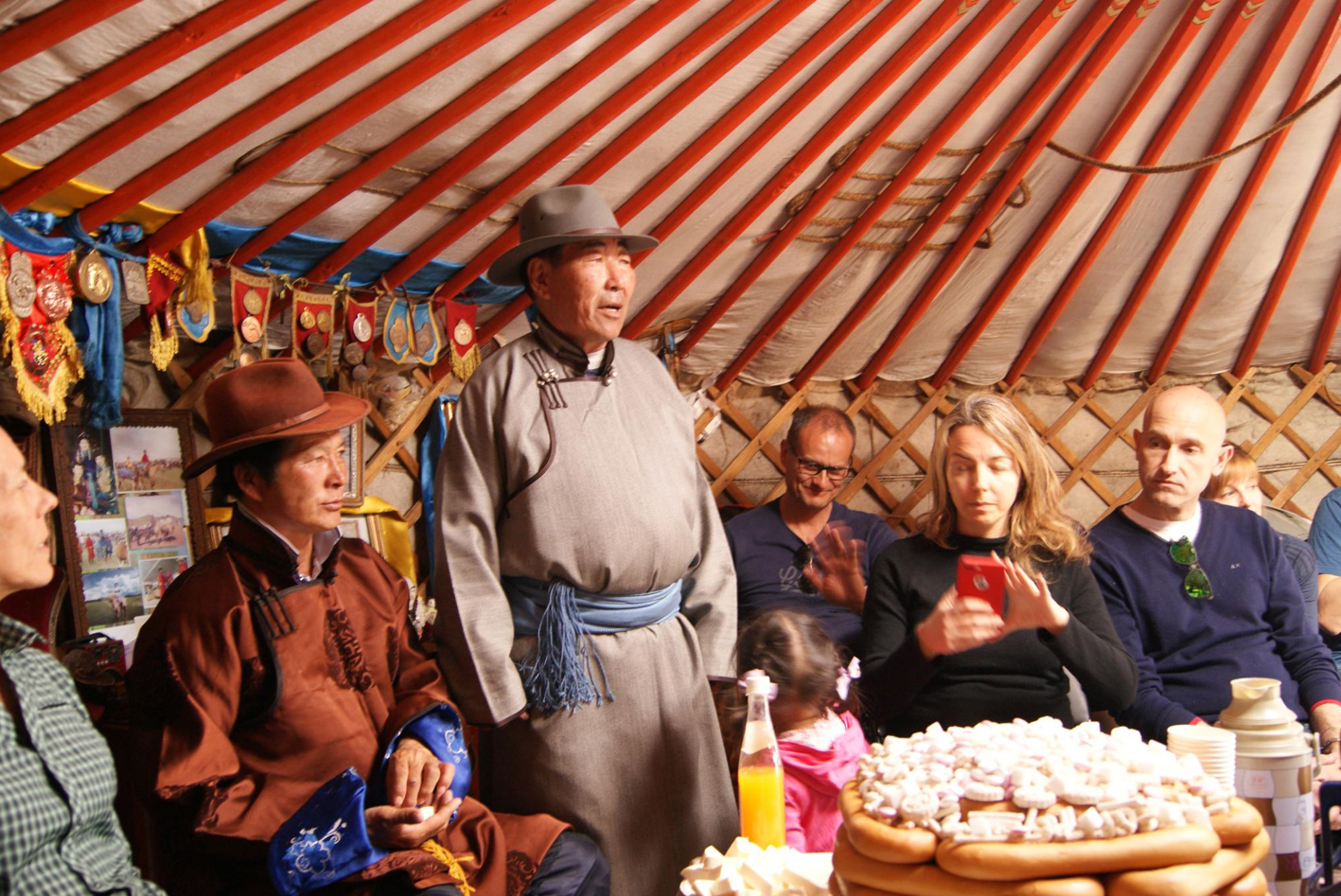
“Traceability of Mongolian cashmere has been transformed in the past ten years,” said Whiteford. “Back in 2015 it was impossible to identify where cashmere fibres originated or who processed them along the way. Quality could only be guaranteed at the first tier of origin. Now, however, certified fibres are supported by a verified chain of custody and third-party audits.”
Combing and value creation
Each spring, when goats begin to moult naturally, herders comb them by hand to remove the fine ‘winter undercoat’ while leaving the outer ‘guard hair’ intact for protection. Timing is critical: if combing begins too early, fibres resist the comb and the process is both uncomfortable for the animal and inefficient for the herder. The yield is small – around 150 grams of usable cashmere per goat – but the value chain it initiates is extraordinary.
At the herding level, cashmere is an agricultural commodity, vulnerable to weather, feed and fluctuating market access. Raw fibre in Mongolia typically sells for $20-30 per kilogram, but once dehaired, scoured and graded, its price can quadruple. In 2024, international trading prices for good-quality Chinese-origin cashmere hovered around $110-120 per kilogram, with top-grade white fibres fetching more. The total global output, in clean fibre terms, equates to roughly $700 million. Yet by the time that same fibre has been spun, dyed, woven, and transformed into luxury garments, its value multiplies twentyfold.
Dehaired cashmere is spun into yarn, knitted or woven and finished with precision. Spinning and finishing alone can double or triple its cost, and fine yarns are sold for $300-500 per kilogram depending on provenance. From there, the transformation into luxury apparel begins. A single kilogram of fine cashmere yields four or five lightweight sweaters, each retailing for between $500 and well over $1,000. This ratio illustrates where the true value accumulates – in craftsmanship, brand power and the stories that shape the perception of luxury.
Inner Mongolia
Across the border in China’s Inner Mongolia, production follows a more intensive model. Herders have long since settled, grazing goats on privately owned, fenced pastures that resemble small ‘cashmere farms’. Goats are shorn using electric shears, a suitable method in this context since animals are kept under shelter.
The Good Cashmere Standard, introduced by the Aid by Trade Foundation, seeks to ensure higher welfare standards for goats, improved conditions for workers and greater environmental protection. Certified fibres from the region now carry DNA markers, luminescent pigments and blockchain traceability, further reinforcing transparency.
Shifting geography
For decades, most cashmere left Mongolia and China in semi-processed form, destined for spinning and finishing mills in Europe – particularly in Italy and Scotland – where generations of expertise have defined the fibre’s distinctive handle and hue. That geography, however, is beginning to shift. Governments and development banks are investing heavily to retain more of the value within producing nations. The European Bank for Reconstruction and Development, for example, has supported Mongolian initiatives to expand dehairing, spinning and finishing capabilities domestically. The logic is compelling – rather than exporting fibre at $100 per kilo, yarn worth $300 or finished fabric worth more still can be exported.
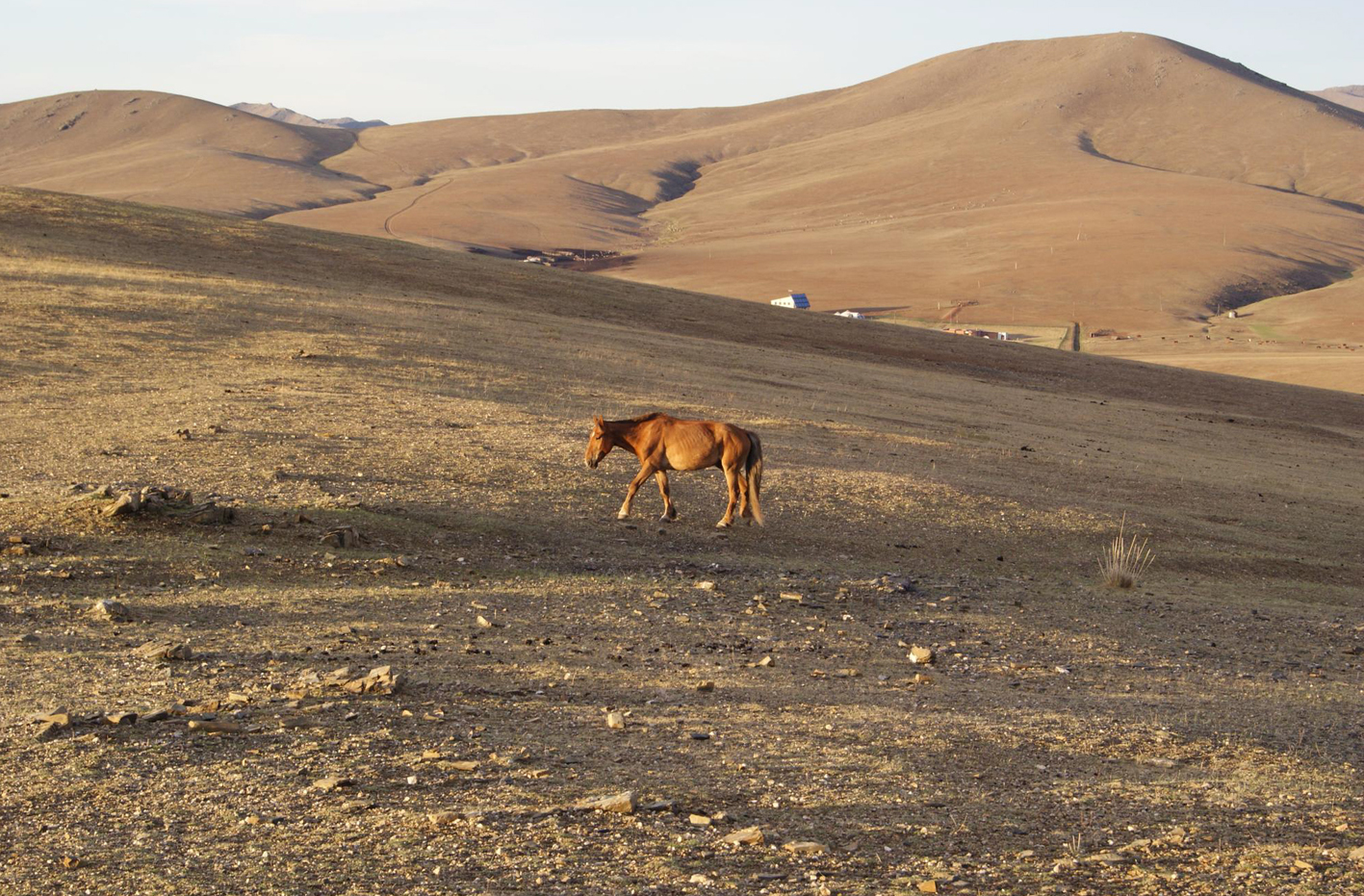
Technology is becoming the great enabler of this transformation. Compact, automated dehairing lines now make fine processing possible in regions with limited infrastructure.
The challenge, however, remains delicate. Cashmere’s prestige depends on consistency, and even slight variations in handle or tone can undermine trust. European and Japanese mills have spent generations perfecting that stability through advanced finishing processes that protect the fibre’s natural micron structure.
Rangelands
Mongolia also faces a different but equally pressing challenge. Rising goat numbers, shifting land use and fragile governance have led to overgrazed rangelands and degraded ecosystems. These changes threaten biodiversity, reduce productivity and heighten herder vulnerability.
The SFA argues that sustainable cashmere must encompass environmental, social and economic pillars, with animal welfare woven into each. Sustainable production, it stresses, must not only protect natural resources and wildlife but also secure livelihoods and ensure the long-term viability of the global cashmere industry.
Tradition and technology
The story of cashmere is one of balance – between tradition and technology, luxury and responsibility, people and place. Nowhere is that balance more visible than in Mongolia, where the nomadic herding culture that has endured for centuries underpins the very essence of this precious fibre. Life on the steppe depends on a deep understanding of land, weather and herd – a rhythm shaped by the seasons and sustained through cooperation and respect for nature’s limits.
Yet that way of life is under increasing strain. Overgrazed pastures, desertification and climatic extremes threaten both the rangelands and the livelihoods of the herders who depend upon them.
As traceability strengthens and local processing expands, the fibre’s future will rest on how well the industry honours this relationship between herder and landscape. Sustainable cashmere will demand not only ethical sourcing but also the preservation of the nomadic wisdom that first made it possible.
The finest cashmere is born not simply from the softness of a goat’s undercoat, but from the care with which value, responsibility and respect are shared along its long journey from the steppe to the luxury brand’s storefronts.

Business intelligence for the fibre, textiles and apparel industries: technologies, innovations, markets, investments, trade policy, sourcing, strategy...
Find out more